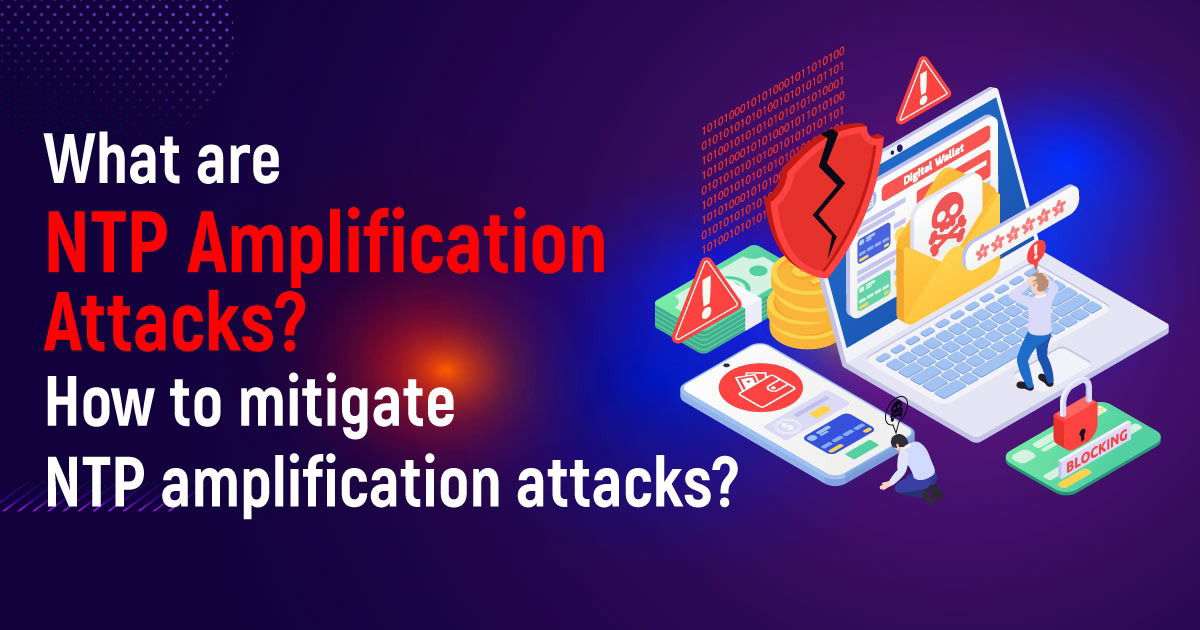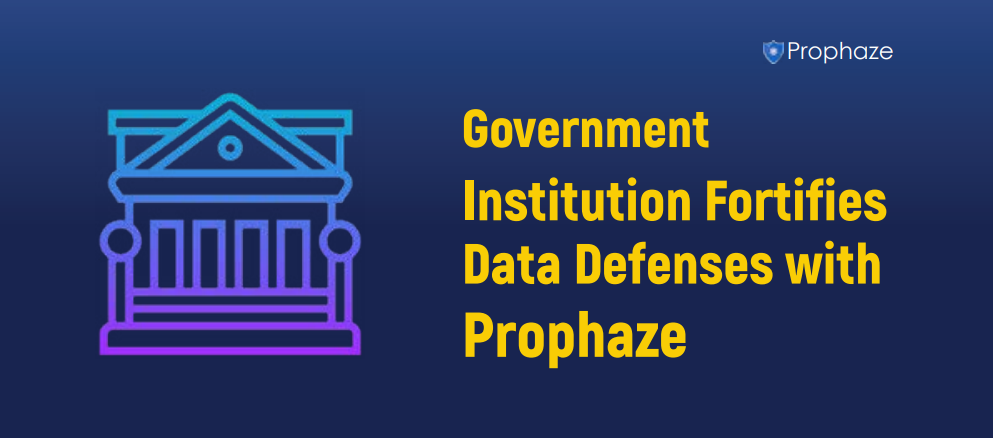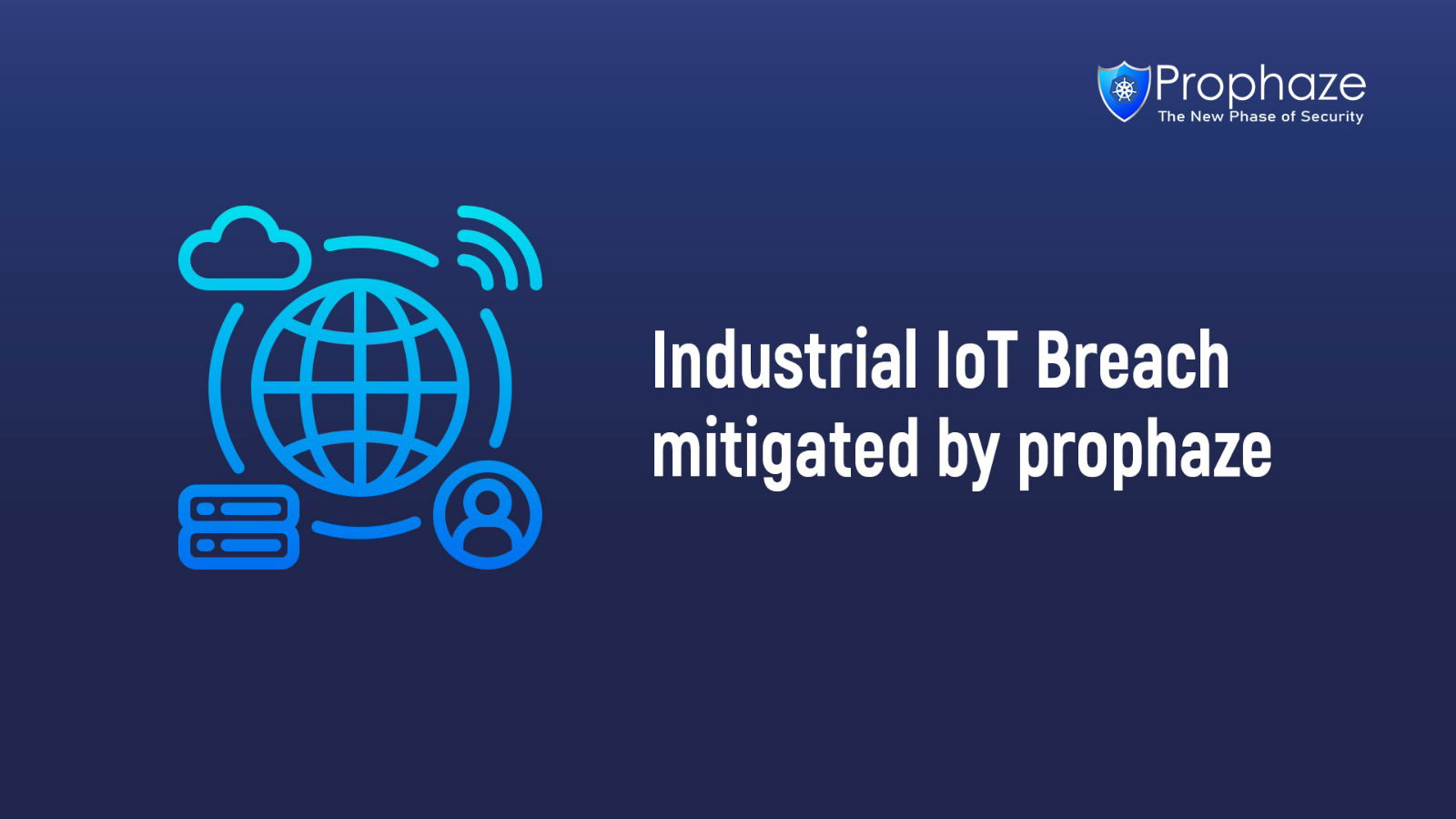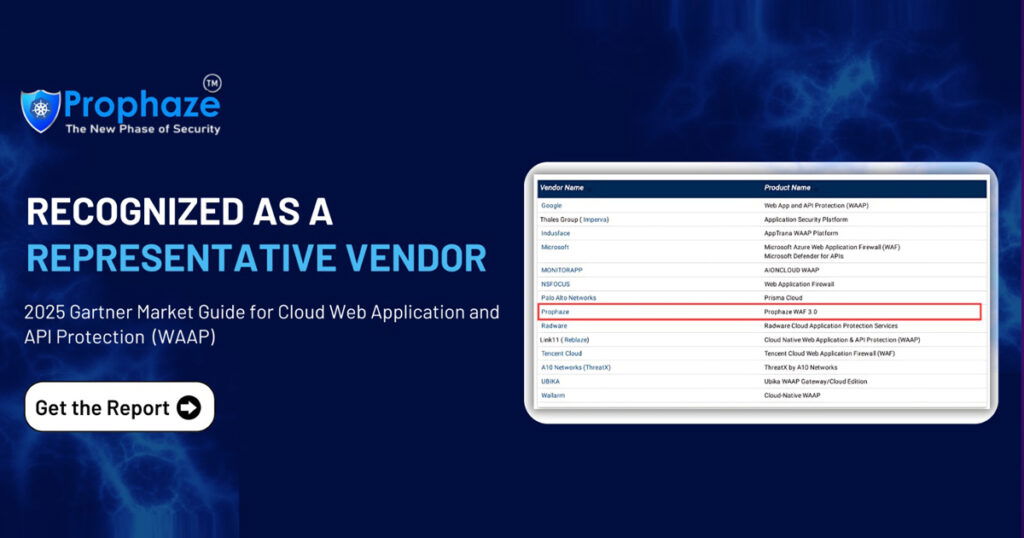Network Time Protocol (NTP) is a protocol used to synchronize the time across computer systems and networks. It ensures accurate timekeeping, critical for various network operations, security protocols, and system logs.
What are NTP Amplification Attacks?
NTP amplification attacks exploit the inherent design of the NTP protocol to launch powerful distributed denial of service (DDoS) attacks. Attackers use vulnerable NTP servers to amplify their attack traffic, flooding the target system or network with an overwhelming volume of data packets.
Techniques used in NTP Amplification Attacks
Exploiting NTP Monlist Command:
Attackers leverage the NTP “monlist” command, a feature designed to provide information about recent NTP clients. By sending a malicious request to an NTP server with a spoofed source IP address, attackers trick the server into sending a large response to the target IP address, amplifying the attack traffic.
Spoofing Source IP Addresses:
To mask their identity and make it challenging to trace the origin of the attack, perpetrators often spoof the source IP addresses of their requests. This adds another layer of complexity to the mitigation process, making it harder to differentiate legitimate traffic from the attack traffic.
Utilizing Botnets:
NTP amplification attacks frequently rely on botnets, networks of compromised devices controlled by attackers. By orchestrating a large number of these devices, attackers can amplify the scale and impact of their attacks, making it difficult to defend against and mitigate the onslaught of traffic.
Consequences of NTP Amplification Attacks
Network Congestion and Service Disruption:
NTP amplification attacks generate a massive amount of traffic that overwhelms network bandwidth and infrastructure. The target system or network becomes congested, resulting in service disruptions and potential downtime. This can lead to significant financial losses for organizations that rely on continuous availability of their online services.
Exhaustion of Network Resources:
The flood of amplified NTP response packets consumes network resources such as bandwidth, processing power, and memory. This exhausts the available resources, degrading network performance and hindering the normal operation of legitimate network services.
Collateral Damage:
NTP amplification attacks not only affect the intended target but also cause collateral damage to other systems and networks in the path of the attack traffic. Internet service providers (ISPs) and interconnected infrastructure may experience performance degradation or disruptions due to the sheer volume of traffic generated by the attack.
Mitigation strategies for NTP Amplification Attacks

NTP Server Hardening:
Secure and properly configure NTP servers to prevent their exploitation in amplification attacks. Disable or restrict access to the monlist command and implement access control measures to allow only trusted clients to query the server.
Rate Limiting and Traffic Filtering:
Implement rate limiting mechanisms at network boundaries to control the flow of NTP traffic. Configure firewalls or intrusion prevention systems to filter and block suspicious or amplified NTP packets, preventing them from reaching the target network.
Network Monitoring and Anomaly Detection:
Deploy robust network monitoring tools to detect unusual NTP traffic patterns and identify potential amplification attacks. Establish baseline metrics for normal NTP traffic behavior and employ anomaly detection techniques to trigger alerts when deviations occur.
Source IP Verification and Filtering:
Implement source IP verification mechanisms to validate the authenticity of incoming NTP requests. Use IP filtering techniques to block or restrict traffic from suspicious or known malicious IP addresses associated with NTP amplification attacks.
Conclusion
NTP amplification attacks pose a significant threat to network infrastructure, causing service disruptions and potential financial losses for targeted organizations. By understanding the techniques employed by attackers and implementing effective mitigation strategies, network administrators can fortify their defenses against NTP amplification attacks. Robust server hardening, traffic filtering and network monitoring, are essential components of a comprehensive defense strategy to mitigate the impact of these damaging attacks.












